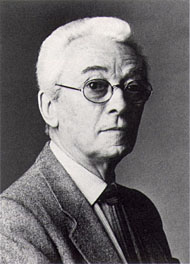
Bruno Munari was "one of the greatest actors of 20th-century art, design and graphics". He was an Italian artist, designer, and inventor who contributed fundamentals to many fields of visual arts in modernism, futurism, and concrete art, and in non-visual arts with his research on games, didactic method, movement, tactile learning, kinesthetic learning, and creativity. On the utility of art, Munari once said, "Art shall not be separated from life: things that are good to look at, and bad to be used, should not exist".
Fiorucci is an Italian fashion label founded by Elio Fiorucci in 1967. The first Fiorucci shop exposed Milan to the styles of Swinging London and to American classics, such as the T-shirt and jeans. By the late 1970s, the direction of stylistic influence had reversed, and the Fiorucci store in New York City become famous for the foreign fashions it introduced to the United States. Known as the "daytime Studio 54," it attracted trendsetters from Andy Warhol to Madonna.

Castelnuovo Berardenga is a comune (municipality) in the province of Siena in the Italian region Tuscany, located about 50 kilometres (31 mi) southeast of Florence and about 14 kilometres (9 mi) east of Siena. Since 1932 it has been included in the Chianti wine-production area.
Franco Scepi is an Italian artist, graphic designer and film director.
Felipe Cardeña is a street artist, known for floral patterns, pop art figures and modern collages, many of which are aimed at challenging consumer society.

Gretta Sarfaty, born Alegre Sarfaty, is also known as Gretta Grzywacz and Greta Sarfaty Marchant, also simply as Gretta. is a painter, photographer and multimedia artist who earned international acclaim in the 1970s, from her artistic works related to Body art and Feminism. Born in Greece, in 1947, she moved with her family to São Paulo in 1954, being naturalized as Brazilian.

Stefano Belisari, nicknamed Elio, is an Italian singer and musician. He is the founding members of the Italian rock band Elio e le Storie Tese.

Joseph Pace is an Italian painter and sculptor.
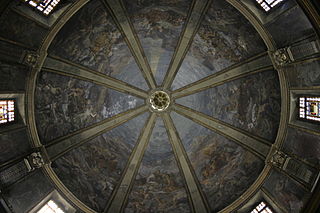
Agostino Comerio was an Italian painter, active mainly in Northern Italy.

Antonio Papasso was an Italian painter and engraver.

Angelo Eugenio "Gillo" Dorfles was an Italian art critic, painter, and philosopher.
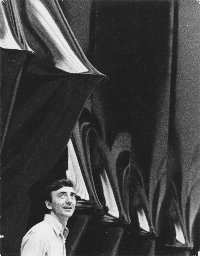
Agostino Bonalumi was an Italian painter, draughtsman and sculptor.

Elio Fiorucci was an Italian fashion designer and the founder of the Fiorucci fashion label.
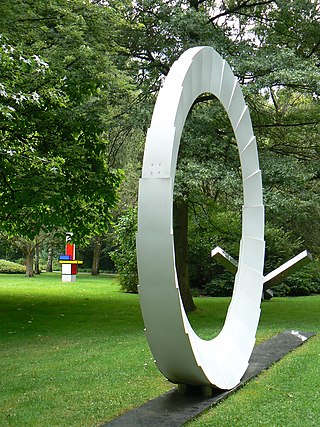
Marcello Morandini is an Italian architect, sculptor and graphic designer. His visual style involves assembling of repetitive simple forms, often in just black and white, into complex objects.
Grazia Varisco is an Italian visual artist and designer.

The Museo Arte Gallarate (MAGA) is a museum of modern and contemporary art in Gallarate, in the province of Varese in Lombardy in northern Italy. It was founded in 1966 as the Civica Galleria d'Arte Moderna di Gallarate to house works purchased from, and donated by, artists participating in the Premio Gallarate, a national art competition. It was renamed in 2010 and moved to a new building. The museum holds over 5000 works and the collection includes paintings, drawings, sculptures, graphic design works, photographs, and installations by artists including Carlo Carrà, Loris Cecchini, Gianni Colombo, Lucio Fontana, Ennio Morlotti, Bruno Munari and Studio Azzurro. Between 2015 and 2017 Museo MAGA had a second venue in the Palazzo Leone Da Perego, in Legnano, some 15 km to the south-east of Gallarate.
Walter Noetico is an Italian painter, sculptor, and writer. He is the founder of two art movements: Indimensionalism and Neoilluminism. He is also the inventor of new artistic techniques and of the new Alphabet, Neoilluminist Alphabet, in which every letter has a symbol of a woman and a man.
Arturo Carlo Quintavalle is an Italian art historian, critic and academic. He was professor of art history at Parma University and founded and for several years headed that university's Centro Studi e Archivio della Comunicazione.

Ico Parisi was an Italian architect and designer.
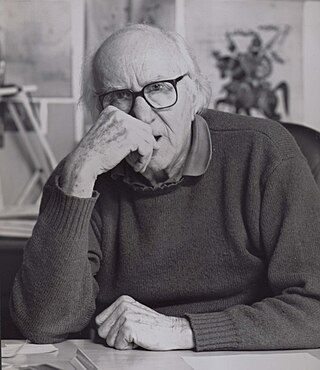
Renato Calligaro was an Italian cartoonist and painter. He worked for the daily newspaper Le Monde and for the cartoon theoritician Thierry Groensteen.














